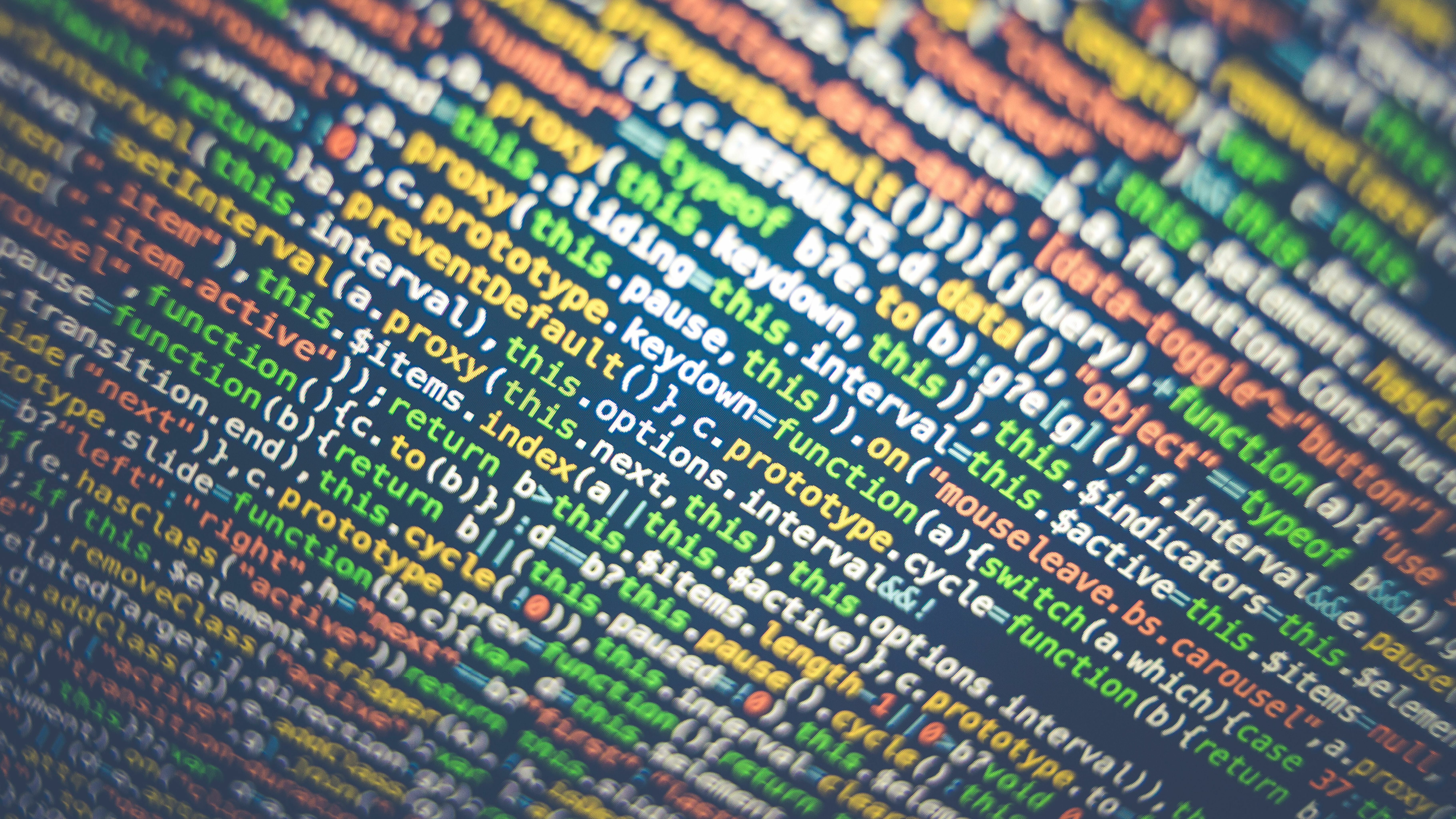28 Sep 2020 | Industry Insights
The story of the Golden Thread

One of the most frequently used terms in the digital construction and property sector currently is ‘The Golden Thread’.
So where did it come from? What does it mean?
We have done some research to try and get to the bottom of this.
In Charles Dickens’ ‘A Tale of Two Cities’ he makes a reference to knitting!
”Lucie weaves her golden thread through people’s lives, she binds them into a better destiny, a tightly knit community of family and close friends.“
The dictionary definition is an idea or feature that is present in all parts of something, holds it together and gives value.
It is a book by Kassem St. Clair, and it is a management framework.
Therefore, a Golden Thread is not specific and is more symbolic and used in many ways for different reasons across many sectors. So why has it become such a big deal in the property and construction sectors?
In 2017 following the Grenfell Tower Fire, Dame Judith Hackitt carried out an independent review of the building regulations and fire safety. The report set out over 50 recommendations. In one of these recommendations a Golden Thread was referred to.
The report recommended that there should be a Golden Thread of information from the briefing stage of a project, through design, construction and importantly into occupation.
It was suggested that this information would be provided digitally to allow it to be accessed and maintained easily.
In her review, Dame Judith uncovered how disjointed the construction sector was. There was no traceability of decisions with information often lost or out of date. A bit like Chinese whispers, by the time the building was being used the original story had changed.
As an analogue industry where paper has traditionally been used, information can easily be lost or changed and quickly go out of date.
However, for the past 10 years, construction has been going through a digital transformation. With the adoption of Building Information Modelling there is a far greater amount of digital information, that of which is easy to store and maintain.
Dame Judith identified that the sector had started its digital journey and it would not be a big jump to establish a protocol to maintain a Golden Thread of the project history much like those she had researched in other industries.
Fundamentally, a Golden Thread in the property sector is about the traceability and responsibility for decisions, as well as easy access to maintained information which can be accessed throughout a buildings life.
Whilst the technology exists to deliver all of this, it is the processes and culture which will enable it. In the UK the Government has taken Dame Judith Hackitt’s report very seriously and has published a Building Safety Bill, legislating the requirement for a Golden Thread of a building’s information.
Related insights

Case Studies
Enhancing Healthcare Environments Through Intelligent Space Optimisation: Twinview at Eastbourne District General Hospital
East Sussex Healthcare NHS Trust is enhancing the way space is managed at Eastbourne District General Hospital with Twinview’s digital twin technology. By enabling real-time visibility of room occupancy and usage across clinical and office areas, Twinview provides a clear picture of how spaces perform throughout the day. Hospital teams can move from assumption-based planning to data-driven decision-making, improving scheduling, reducing downtime and making more flexible use of rooms. This smarter approach supports greater operational efficiency and helps ensure that every space is working to benefit both patients and staff.
Read more

Industry Insights
Data Centres: The Hidden Cost of the Cloud
As the cloud expands, so does its unseen demand for water. Data centres worldwide are consuming vast volumes to keep servers cool, creating growing environmental and reputational risks. This article explores how water is becoming the next frontier in data-centre sustainability, and how Twinview’s digital-twin technology is helping operators measure, manage and reduce their impact.
Read more

Industry Insights
Can Digital Twins Help Us Design Buildings That Bring People Together?
Loneliness is increasingly recognised as a public health issue, and the built environment has a role to play in addressing it. A well-designed building can meet every technical standard yet still leave people feeling isolated. Homes, workplaces, campuses and later-living communities often fall short not because they lack function, but because they lack connection. Architects and planners are beginning to ask a deeper question: how can buildings help people feel less alone? This isn’t about surveillance. It’s about feedback, helping designers and operators refine buildings after handover to better support wellbeing and social interaction. Technology won’t solve loneliness on its own, but used responsibly, digital twins like Twinview can guide the creation of buildings that feel more human.
Read more

